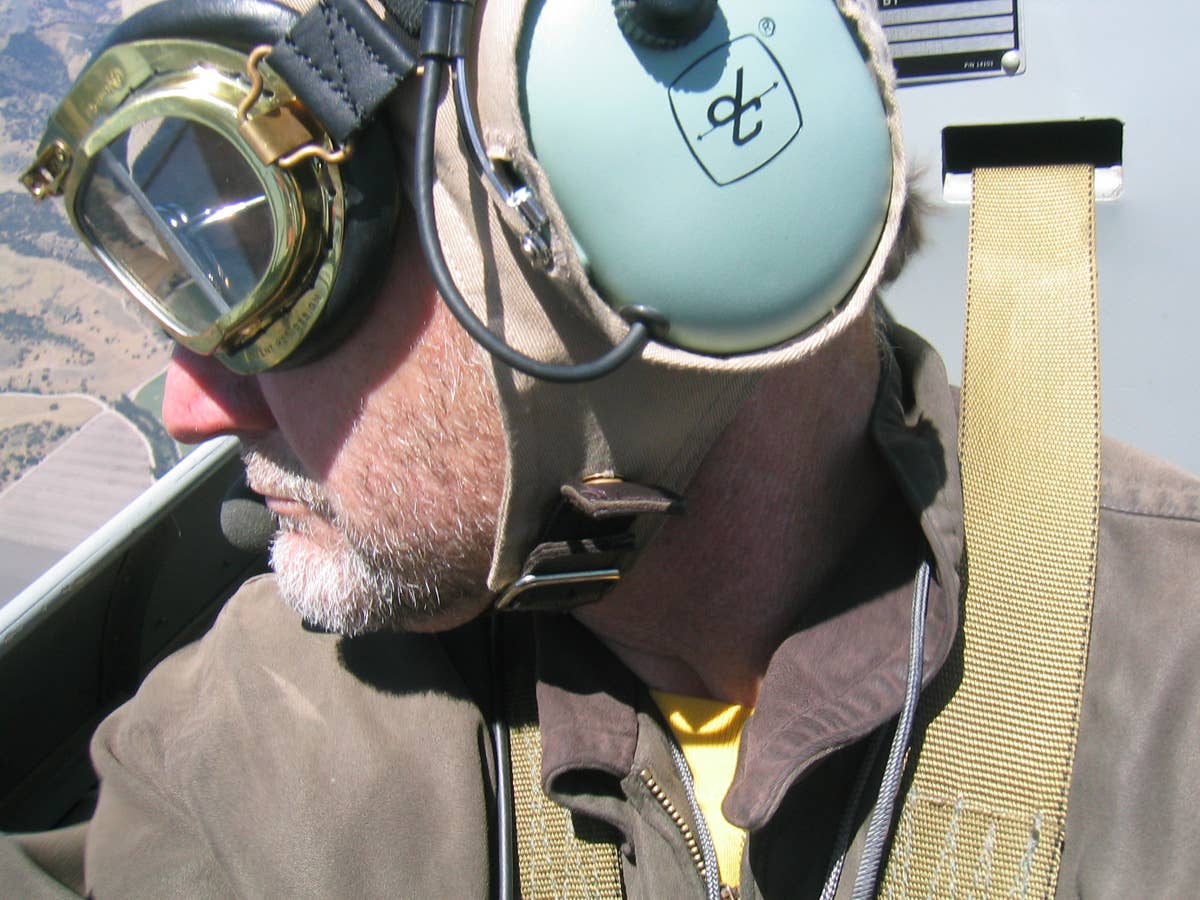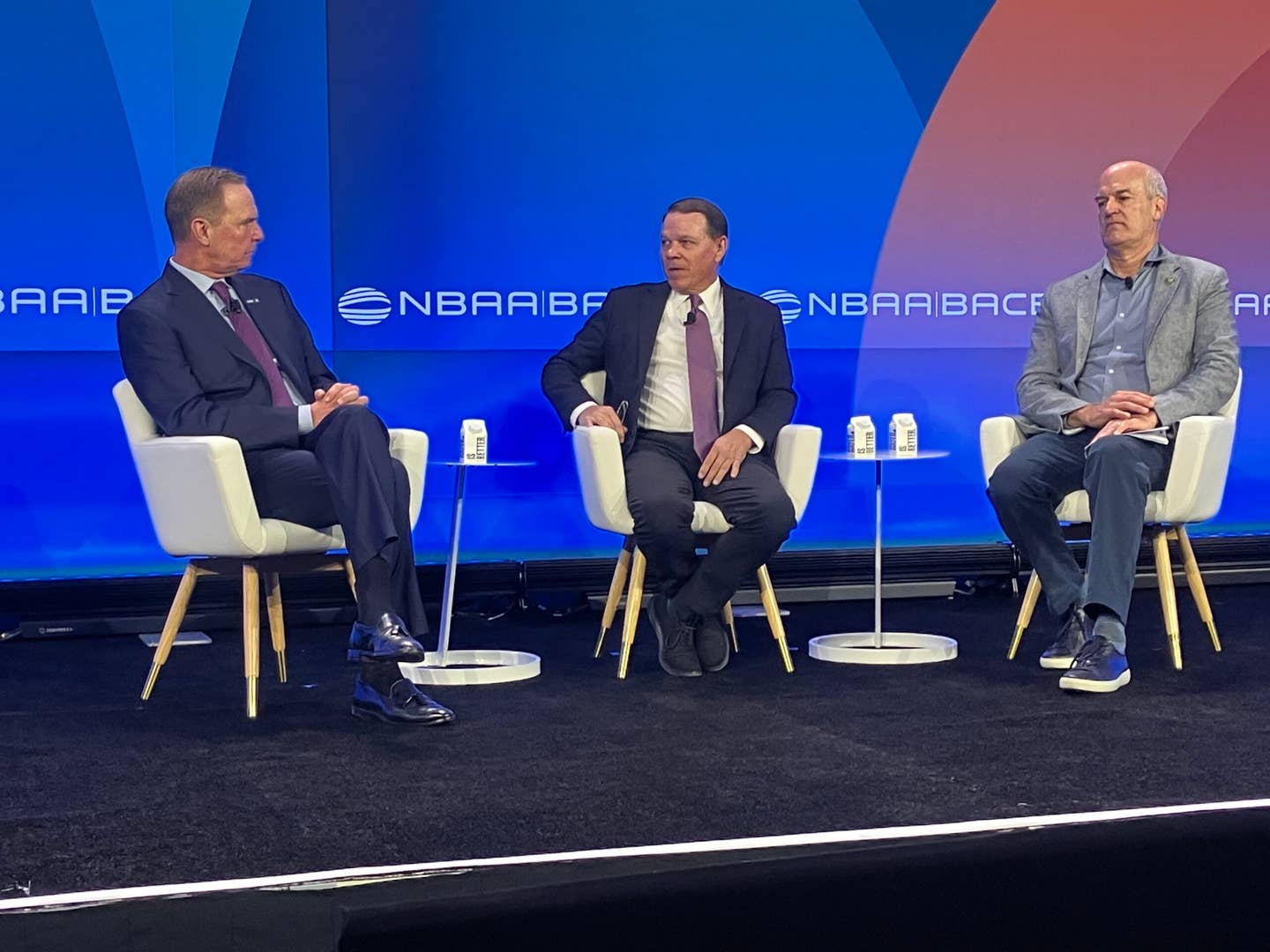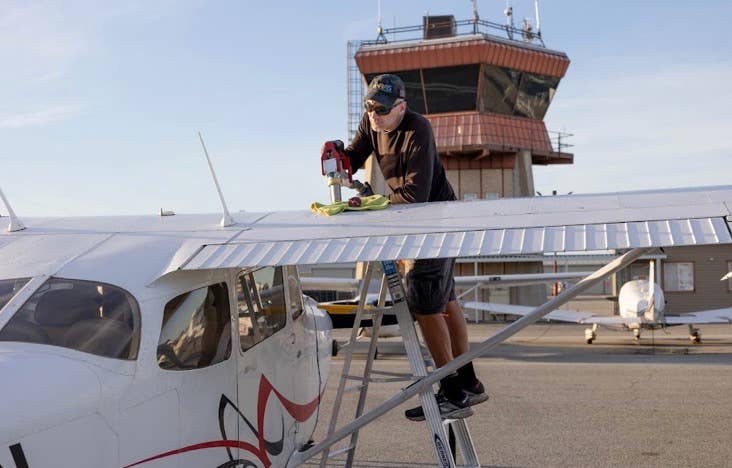First Time Flying Open Cockpit
If flying a Marquart Charger isn’t thrill enough, up the ante by flying one across the desert Southwest.

We pilots are second to none in our adoration of firsts: First solo; first crossing of Lake Erie in a Savoia Marchetti amphibious biplane to smuggle whisky from Canada during Prohibition; or the first time you taxied over a runway light and inscribed a jagged scar into the elevator when first flying your new Citabria with everyone watching and laughing not with you but at you. Granted, some firsts are best forgotten, but it wasn’t my fault, nor do I admit doing it. That runway light should never have been placed where I’d taxied while waving at the camera. Can’t expect me to see and avoid everything. (FAA note: “Yes we can.”)
The unique thing about embarrassing firsts is they can’t be first again. Taxi over a runway light a second time, and you’re not “more unique” but simply a mook who doesn’t learn from mistakes. When firsts succeed, though, many worlds emerge. That first solo in a Cherokee 140—seemingly the most complicated aircraft on the ramp—led to the Boeing 777 check ride you aced last month. Sadly, as an instructor, I’ve had students who’d made their first solo only to quit flying and return to molding butt prints in a TV-facing Barcalounger. No telling what motivates.
I’ve contemplated but never striven to fly a fistful of throttles or warbirds at airshows—laudable deeds both. Instead, mine was a need to linger inside dusty hangars with dustier old pilots who worked on, more than they flew, old Stinsons, Navions and Stearmans—my heroes and more often my ghosts.
Although my first solo was in a Cessna 150, it was a ride in a 1940s Fairchild PT-19 above Watsonville, California, that cemented my appreciation of aviation’s past. By then, I was a private pilot and airport bum-in-training. Bumhood certification demands attending events where senior bums gather to take pictures, brag about performance (not just a guy thing) and finagle rides in something they’ve never flown. For me, in 1976, it was open cockpit, a term which requires quick etymology.
According to unimpeachable Internet sources, where truth is never an obstacle, the word “cockpit” originated in the 17th century British Royal Navy and referred to the “coxswain’s station (or pit),” wherein rudder controls were located. Dissecting “coxswain” would involve the French, who bristle whenever the British appropriate their words, then boil off all flavor and serve with Marmite on toast. But “cockpit” has an older, less nautical meaning.
While doing research for a novel with a muddled theme, linking 1930s aviation to illegal gambling in Los Angeles, I learned that in the 16th century, “cockpit” referred to a pit in which cock fighting occurred. How this term leapt from tall ships or vile blood sport to aviation’s lexicon is anyone’s guess. Let’s agree that inside a Cessna 172 you occupy either a cabin or cockpit, your choice. If you take a fuselage, cut holes in the top, add rakish windscreens and leather combing around the rims, then you have an open-cockpit airplane and access to a dimension of sky that cabin pilots can’t fully appreciate. Yeah, there’s unabashed snobbery in play.
The Fairchild PT-19 premiered in 1939 and was a primary trainer (PT) during WWII. It doesn’t get the head-turns that Stearmans and Ryans usually glean with their gravely radial engines, but the long-nosed PT-19 is equally classy and maybe more so with its oboe-smooth, inline Ranger engine. It’s a matter of taste. Over 3600 PT-19s were manufactured, and when the same airframe sported a radial engine it was designated a PT-23 or PT-26. That’s the rough sketch.
After pestering a PT-19 owner for my first open-cockpit ride, I entered a world of unlimited possibilities with nothing above (or inside) my head. As with other firsts, you can fantasize about the anticipated joy until convinced you know exactly what it’ll be like, only to be disappointed. To me, open-cockpit flying exceeded expectations. Back then I rode motorcycles, so when transitioning to topless flight it was clear this was motorcycling in the sky.
Open-cockpit mind has little to do with transportation, except for transporting the pilot into new realms. It took decades, but when I bought a Marquart Charger biplane, I challenged my penchant to remain close to home and flew it from Iowa to Watsonville. Three thousand round-trip miles of sunlight crushing my flying helmet as I watched the summer desert crawl by, and, to paraphrase Hunter Thompson, somewhere near Barstow, dehydration began to take, and I thought this was possibly the dumbest trip ever.
It was. But wasn’t. It served little purpose and didn’t advance human achievement one millimeter. Although, it did teach me the importance of drinking lots of water while flying low across the desert southwest without a lid overhead. But my first solo crossing of a vast expanse of, frankly, intimidating terrain in an open-cockpit biplane exposed a beauty no earthling can imagine, and few will seek. Their loss.
It also showed me that when you fly 1500 miles in 1930s comfort and arrive at the airport where you took your first open-cockpit ride decades earlier … no one really notices, because there’s always someone with a Mustang, gleaning all the wows. Then sunburnt and spent, I had to retrace the exhausting route home again. But, yeah, all worth it, even if unlikely to be repeated.
Open-cockpit flying isn’t for everyone. Then, again, neither is Zumba. Open-cockpit Zumba, though, could be an interesting first. Point is, if you need a point to fly with your head poking outside the fuselage, then open-cockpit flying might not be for you. That’s fine, because the sky is big enough for all open minds to discover there’s no correct reason to fly, only lame excuses not to.
And yes, that aerial whisky-smuggling bit was sorta true and inspired the nonexistent Netflix series, Bootleg Skies. I mean, c’mon, Flix! Do I have to write it for you? Call. We’ll do lunch.






